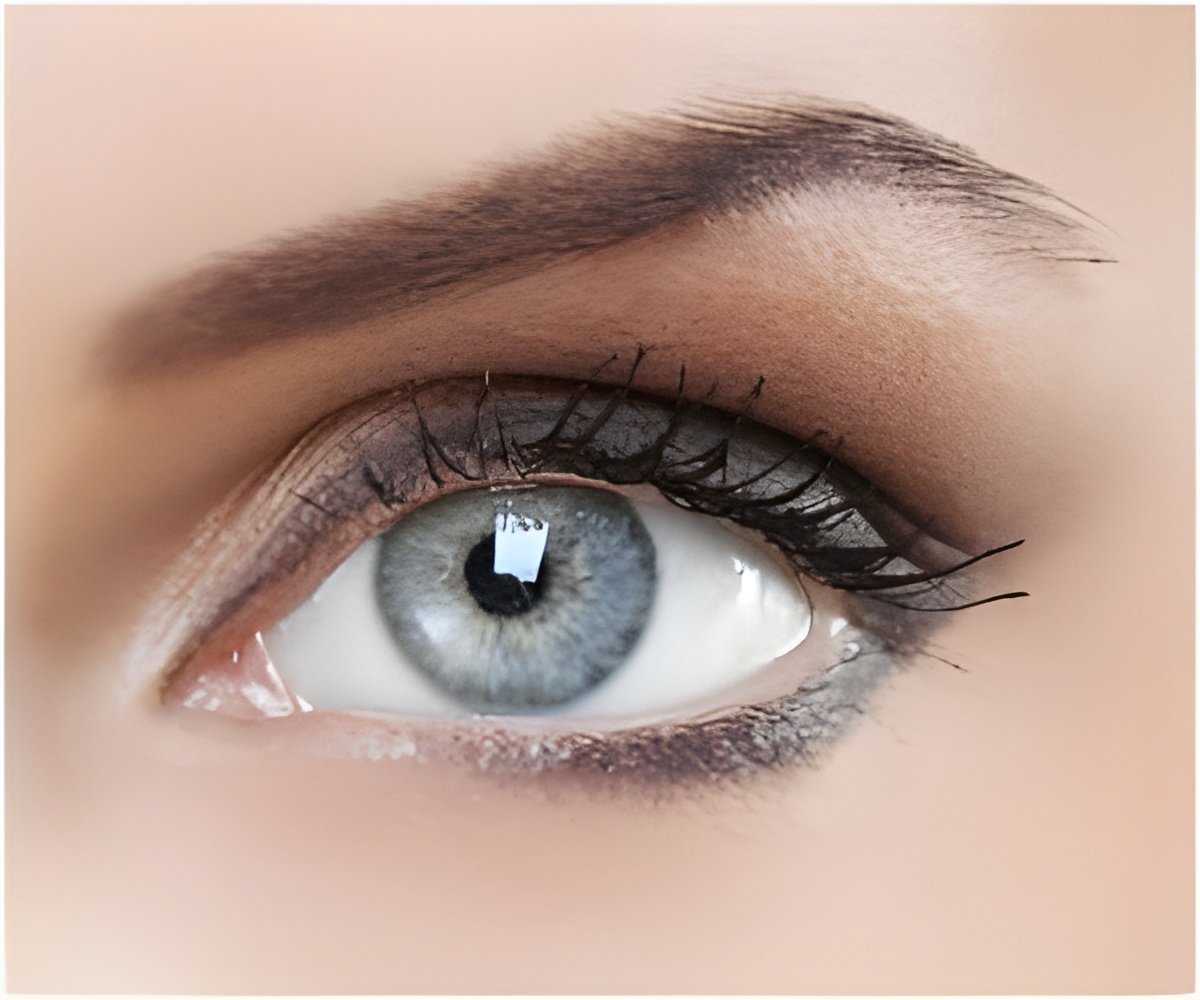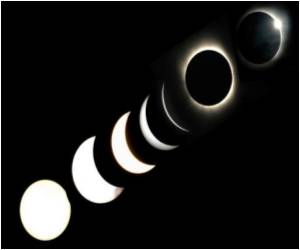You should never watch an eclipse without proper protection, earn experts, who say that sun's radiation can burn the retina, even causing permanent blindness.

A French association of ophthalmologists and opticians warned eclipse-watchers against using cameras or binoculars to look directly at the Sun. Nor should they use makeshift filters such as sunglasses or colour bottles, the group, AsnaV, said.
"Looking at a solar eclipse with the naked eye is as dangerous as watching the Sun directly and without protection," AsnaV said.
The French education ministry, which has come under fire for failing to distribute special eclipse glasses to schools, has advised teachers to keep pupils indoors while the event unfolds. Using a pinhole camera to project the eclipse onto a sheet of paper is a safe way to watch the eclipse, and webcam-coverage is of course safer still, said experts.
"The safest way to view the eclipse is indirectly," said Hardiman-McCartney.
The eclipse will run from 0741 GMT, from a point in the Atlantic, to 1150 GMT, when it will end in east Asia, according to Britain’s Nautical Almanac Office. A total eclipse, running from 0913 GMT to 1018 GMT, will be seen along a narrow 5,800-kilometre (3,600-mile) curve in the north Atlantic and the Arctic Ocean, ending at the North Pole.
Other locations — Iceland, Greenland, Europe, North Africa, western and eastern Asia — will have partial eclipses, ranging from 99% in Iceland to just a couple of percent or less in Iran.
- http://eclipse.gsfc.nasa.gov/SEhelp/safety.html
- http://www.space.com/19195-night-sky-planets-asteroids-webcasts.html
Source-Medindia
 MEDINDIA
MEDINDIA




 Email
Email





